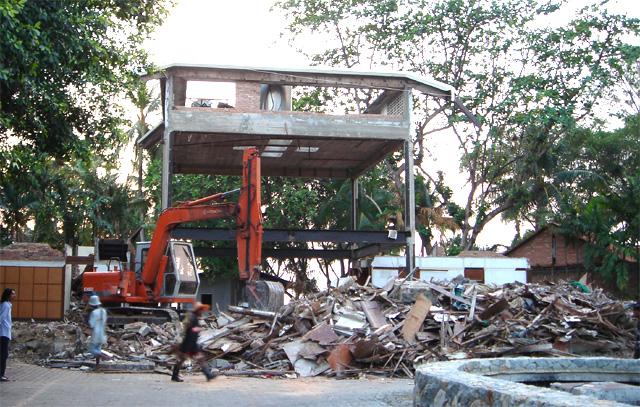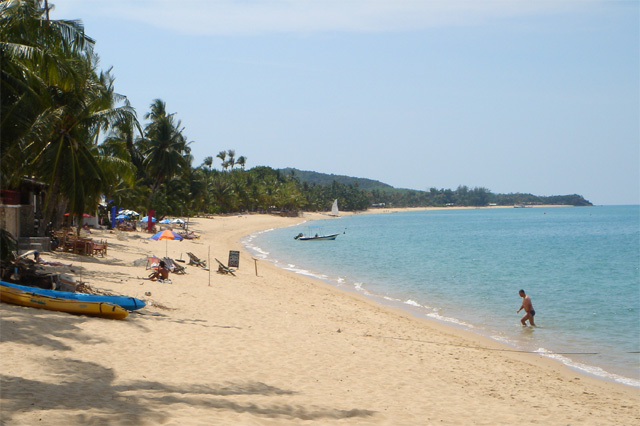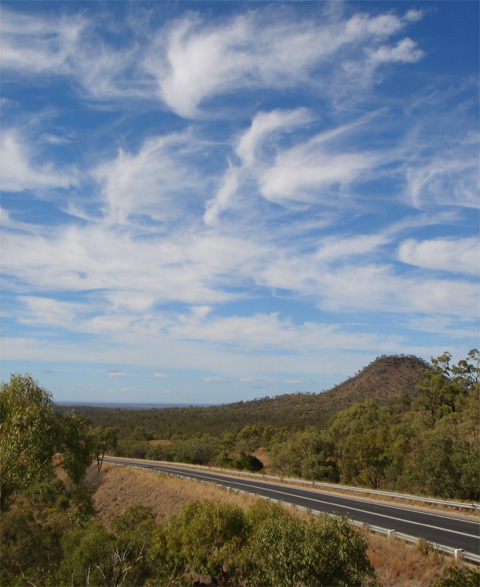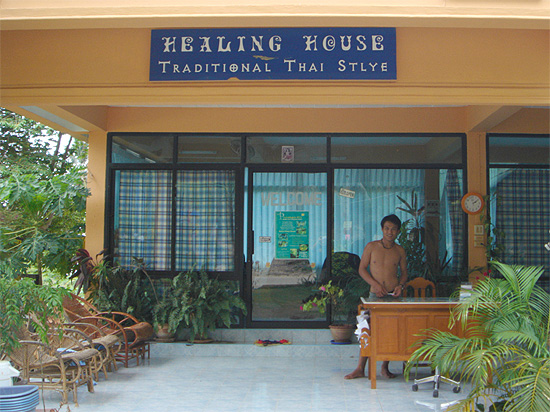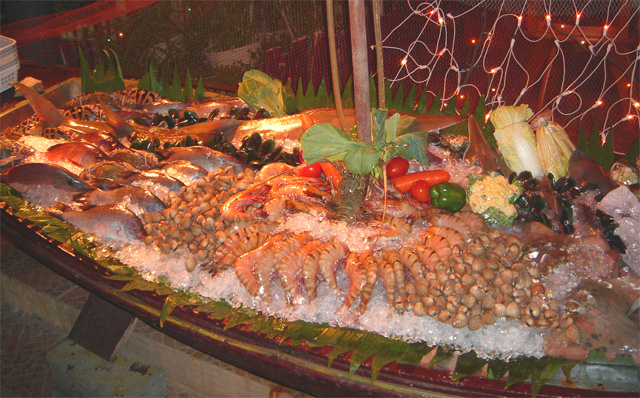The Thai government recently launched the third phase in its unrelenting war on drugs, this time focusing efforts on the Thai borders and small time dealers at bars in Bangkok. The last two phases in this war on drugs saw thousands of Thais lose their lives in what the government called gang wars, but the truth is not clear and justice is nowhere to be found.
The wars and their associated crackdown have had a chilling effect on the Thai subcultures that surround drugs, including marijuana. Once upon a time the Thai people were afraid of nothing, and extremely tolerant. After all, tolerance is a pillar of Buddhism. But I witnessed how paranoid the Thai people have become concerning drugs, some not even wanting to talk about them anymore.
During my last visit, twenty-odd years ago, I was able to purchase green cannabis cookies from a huge glass mason jar on the counter of my bungalow’s restaurant. Those days are gone, and you can no longer purchase or consume marijuana easily in Thailand. Other drugs like opium, heroin and the newer trendy drugs of speed, crack and ecstasy are all pretty much equally illegal and visitors caught with any illegal drugs will be treated harshly by the authorities.
The Thai government’s anti-drug program fund snitches, which means people who turn in drug dealers get financial incentives, as well as police officers who make busts. It seems a drug bust in Thailand will cost you several hundred to thousands of dollars to deal with, and that is only for small amounts. If you’re unlucky or stupid in dealing with the authorities you could spend a lot of time in a Thai prison. Not a pleasant vacation at all.
That said, drugs are still available, but harder to find. Obviously bars are a place where dealing still goes on, although the current operation in Bangkok will probably make dealers everywhere more wary. The best advice I could get on scoring a bit of Thai weed was to chat up a bar girl. They always know how to please!
Still it is unwise to flaunt any drug use. Smoking a joint in public is no longer a good idea. The legendary Thai Stick is nowhere to be found in Thailand anymore. In fact much of the compressed green/brownish weed sold in Thailand is probably imported from Cambodia now. It’s nice and spacey, but a far cry from the lovingly grown and carefully manicured sweet mind-blowing Thai weed of the ’70s. Ah the good ol’ daze!
Need I say that to import or export any drug to or from Thailand is utterly insane. With the stringent security at airports your next destination would likely be a miserable jail cell. Ask Schappel Corby (the Aussie girl who just got sentenced to 18 years for importing marijuana into Bali).


